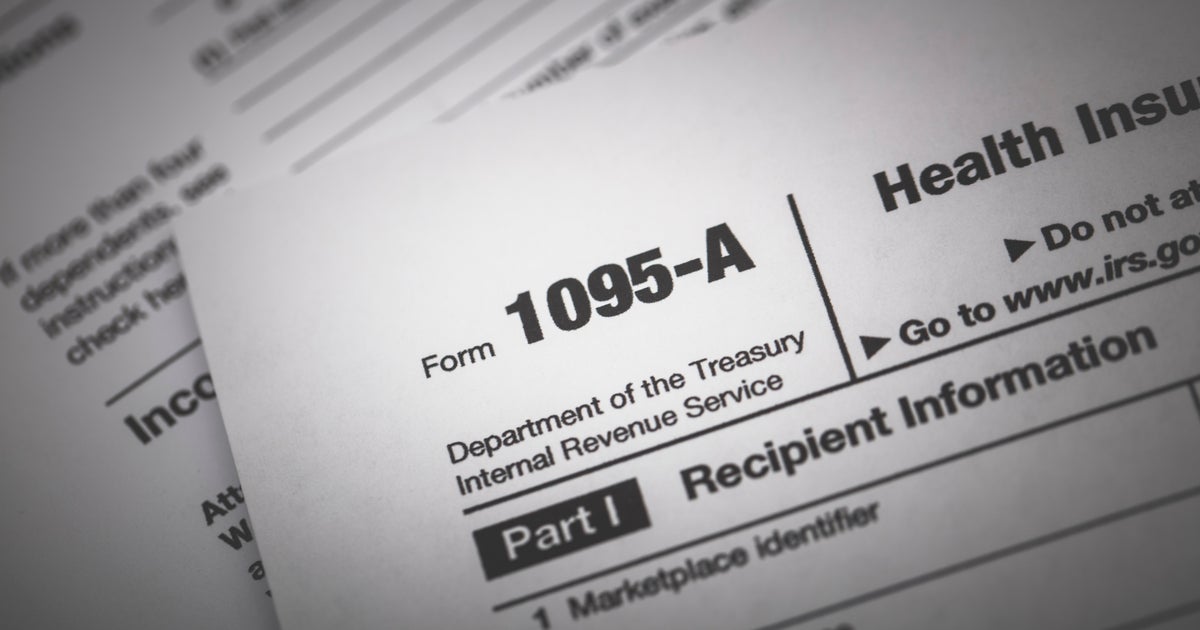How to claim tax breaks on your higher education and tuition costs
Parents and students paying for college know how expensive it can be. To help defray these costs, many middle-income families qualify for tax credits and deductions when they spend money on education related tuition and fees.
But which credits or deductions you should claim and how you claim them can really matter. Here’s a breakdown of these tax breaks for education, and how to claim them.
The best education tax break for most folks to claim is the American Opportunity Tax Credit, or AOTC. This allows filers to claim a tax credit of up to $2,500, per eligible student, per year, when they’ve paid $4,000 in qualified education tuition and fees. This credit can be used only during the student’s first four years of post-secondary school education. The best feature is that up to $1,000 of this credit is refundable, which means that you can get this money back even if you owe no tax. The credit is calculated as 100% of the first $2,000 of qualified tuition, fees and expenses (but not room and board), and 25% of the next $2,000 of education costs. Each student for which the credit is claimed must be enrolled at least half time. This credit, which is a dollar-for-dollar refund of tax, is only available to married tax filers with modified adjusted gross income of below $160,000 (below $80,000 for single and other filers). Also, any felony drug convictions by the end of 2016 disqualify the student from receiving this credit. Qualified education expenses include tuition, required fees, books, supplies, equipment or other required course materials, but not room and board.
Next up for consideration is the Lifetime Learning Credit, or LLC. This allows for a $2,000 tax credit per year (not per student) for folks who pay up to $10,000 in covered expenses (20 percent of each dollar of the first $10,000 of education costs.) Unlike the requirements to claim the AOTC, there is no minimum student enrollment requirement, and this credit is available to be claimed for any and all years of post-secondary education. It’s also available for adult and continuing education courses, and there’s no limit on how many years you can claim this credit (hence the name “Lifetime Learning Credit”.) Also, felony drug convictions do not make the student ineligible for this credit. The full, unreduced credit amount of $2,000 is available to married filers with modified adjusted gross income of up to $110,000 ($55,000 for single and other filers.)
Then there’s the Tuition and Fees Deduction. This is a tax deduction that you can claim for up to $4,000 in qualifying tuition and fees that you’ve paid for you, your spouse or your dependent student. The student only needs to be enrolled part-time. For 2016, this deduction begins to be reduced for married tax filers with adjusted gross income over $130,000 (over $65,000 for single and other filers). To make it simple, if you’re married and your AGI is above $160,000 ($80,000 for singles), then this deduction is not allowed for you. Unless Congress acts to extend it, the last year you can claim the Tuition and Fees Deduction is 2016.
Finally, if you paid interest on a student loan in 2016, then you could be eligible to claim the Student Loan Interest Deduction, which is a tax deduction of up to $2,500 of the interest you’ve paid. This deduction can be claimed even if you don’t have enough other deductions to itemize. If you’re a student and your parents make the payments on your loans, you can still claim this deduction if you are liable for the loan and you can’t be claimed as a dependent by your parents on their tax returns. The income limits for claiming this deduction are the same as for the Tuition and Fees Deduction.
So here are a few rules to consider when you’re deciding which education tax credits or deductions to claim:
- The AOTC is the education tax break that should give most folks the biggest tax savings, so if you qualify, you should claim it. But remember, its only available to use for the first four years of post-secondary education and it has stricter enrollment requirements.
- If you are disqualified from claiming the AOTC, then look to see if you are still eligible to claim the LLC. But this credit will have more restrictive income requirements.
- You cannot claim the AOTC and the LLC for the same student in the same year. But you can claim one credit for one student, and the other credit for another student, on the same tax return in the same year.
- If you claim the AOTC or the LLC, you cannot also claim the Tuition and Fees Deduction.
- If you’re not eligible to claim the AOTC or the LLC, then married filers with AGI below $160,000 (single filers below $80,000) should look to claim the Tuition and Fees Deduction. 2016 is the last tax year its available, unless Congress acts to extend it.
- If you claim the Tuition and Fees Deduction and you’ve also paid interest on a student loan, you may be able to claim the Student Loan Interest Deduction as well.
Here’s this final but all important advice: You can’t claim these tax credits for education costs that were paid from funds distributed as tax-free withdrawals from 529 plans or education IRAs. So, make sure to spend your first $4000 (for the AOTC) or $10,000 (for the LLC) each year from a taxable account (such as a mutual fund, savings account or custodial account.) Once you’ve done that, you can draw the remainder of the funds you need from a 529 plan or other tax-advantaged education account or investment. By doing this, you’ll be able to claim the tax credits for which you qualify.




